Walking in time…
From the mountains to the sea, there are small villages that seem straight out of a fairy tale. Small streets, artisan shops, romantic flowered balconies and breathtaking views. They are the small Italian villages, true gems of art, history and culture that remind us of a time now gone… to see at least once in a lifetime.
A visit to these magical places takes us back to a distant time, marvellous villages perched and almost magical, as if they were still in a suspended time.
Small “gems” that for their inhabitants’ stubborn passion have been kept as they once were. Walking through the ancient cobbled streets makes us appreciate atmospheres now lost in our frenetic metropolises but makes us understand that even when we think they had little or nothing, actually they had everything.
To safeguard these places, an association has been created: “Most beautiful villages in Italy” – whose purpose is precisely to protect and promote knowledge of their history. Today there are over a hundred registered, scattered throughout Italy.
The following are three of these little “gems“ located in northern Italy, two in the province of Trento and one in the province of Pordenone.
BONDONE
The name Bondone derives from the Trentino dialect (Bondù). The meaning attributed to it is a place where one takes refuge at night or from danger, a fortified town.
Bondone is a small town perched on the mountain, the last town in Trentino on the border with Brescia. It is located in an area that has always been border and stands in a position of control, with its view ranging from the lake d ‘Idro in the south, across the Chiese Valley to the Brenta Dolomites in the north.
RIGHT: Olympus E-M1X . Olympus M.Zuiko 7-14mmF2.8 @13mm . f/5.0 . 1/15″ . ISO 400
Bondone was for centuries a town inhabited exclusively by charcoal burners. Families spent eight months a year away from home: eight months of effort, hard work, where they lived inside huts built in a few hours. So, with the arrival of spring, all the families were walking along the impervious path that connected them to the valley floor, greeting a village that was left deserted and then spread out across the Trentino or Brescia mountains to produce coal.
Visiting this country is like entering a labyrinth of cobbled streets, making its visitors lose themselves in a journey through time where walls and houses tell the story of this country.
RIGHT: Olympus E-M1X . Olympus M.Zuiko 7-14mmF2.8 @12mm . f/5.0 . 1/20″ . ISO 1250
TENNO
It stands perched on a slope in the Alto Garda Trentino, a few kilometres from Lake Garda, with its stone houses and firm spirit in a time now far has been included in the list of “Most beautiful villages in Italy”. This is Canale di Tenno, a place from a suspended atmosphere, the pride of the province of Trento.
Canale di Tenno, or Villa Canale, is one of the four villages that together with Villa Sant’Antonio and Villa Pastoedo Calvola constitute Ville del Monte, the biggest fraction of the City of Tenno.
The first news of the village dates back to 1211, and has gone through the centuries preserving its original urban structure and the charm of its cobbled paths, its arches and its flowered balconies.
The medieval village of Canale di Tenno is an intoxicating mix of tradition, art and history that is told through the ancient buildings, and that it emanates from every balcony and quiet alley. Walking aimlessly through the narrow streets of the village, you can see corners of rare beauty and glimpses of the enchanting mountains that envelop it as in an embrace.
RIGHT: Olympus E-M1X . Olympus M.Zuiko 7-14mmF2.8 @10mm . f/4.0 . 1/200″ . ISO 200
To embellish the walls of the village there are now dry cobs, flags, floral decorations and signs bearing medieval phrases and verses. To make the streets of the village unique, there are also many frescoes by local artists or signed by illustrious personalities such as Gianni Longinotti, one of the frequenters of the famous House of Artists, founded over the 60s by Giacomo Vittone.
It was precisely this place that brought Canale di Tenno back to life after a moment of abandonment experienced in the post-war period, and that gave an incredible cultural fervor to the village. The House still hosts exhibitions and conferences, as well as artists from all over the world who can create and stay here, donating their work in exchange to enrich the precious collection of this unique building. Near the House of Artists, it can also be visited the Museum of Agricultural Tools, a collection of instruments used in the past for agriculture.
POFFABRO
Set on the slopes of Monte Raut overlooking the valley, Poffabro is a true jewel of Friulian mountain architecture. It is precisely its characteristic houses that attract year thousands of visitors, especially since it was included in the inner circle of the “Most beautiful villages in Italy”. To those who climb up here, Poffabro offers its magic.
Passing under the stone arches that also challenged the 1976 earthquake, the stillness of cobbled lanes that penetrate the heart of the village, you can really think about t the wisdom of those who, in times past, created here a human work totally in harmony with the splendid scenery of nature that surrounds it, and which keeps intact the sixteenth-seventeenth-century structure in its solid houses.
RIGHT: Olympus E-M1 MK III . Olympus M.Zuiko 7-14mmF2.8 @14mm . f/8 . 1/60″ . ISO 200
The marvellous architecture typical of Val Colvera blends perfectly with the surrounding environment because it is made exclusively with materials found in the valley. The houses are generally in raw cut stone, with large balconies in chestnut wood that were used to dry hay, corn and other products needed for the winter. Features external stairs built of wood, except for the first ramp stones to ensure greater stability to the structure. Today 120 people live in this small village.
RIGHT: Olympus E-M1 MK III . Olympus M.Zuiko 12-100mmF4.0 @18mm . f/7.1 . 1/60″ . ISO 200
RIGHT: Olympus E-M1 MK III . Olympus M.Zuiko 12-100mmF4.0 @31mm . f/5.6 . 1/60″ . ISO 200

“My name is Antonio Benetti, I was born seventy-three years ago in Ferrara, a small town in northern Italy. I have been approaching photography for over forty years, a little by chance and maybe a little because it just had to happen. I travelled a great deal, but in those days I just looked rather than observing. Even then, I was a photographer, but only with my eyes, if that counts, and I can still see many of those images, despite the passing of the years. Then, one day, the chance encounter with Airone magazine, which at the time was practically the only nature magazine around, released a hidden spring within me. I discovered an unexpected and wonderful new world, a new way of observing and looking around myself. I was struck by the images and by the amount of “detail” that could be “observed” – “new eyes for knowing how to see” – of which Proust had spoken in his phrase that has accompanied me in all these years. What followed is today’s history. I love the world’s extremities and its fascinating places and when I’m on the move, whenever possible, I always get the urge to look for setting and places where mankind has still not left its mark. Although this is becoming increasingly difficult! Today, leaving aside the photography of animals a little, I really like to go in search of places that represent our historical memory and for this reason, they should be protected and cared for as much as possible. Places where time seems to have stopped and everything seems to move in another dimension. A little lost. Good light everyone!”


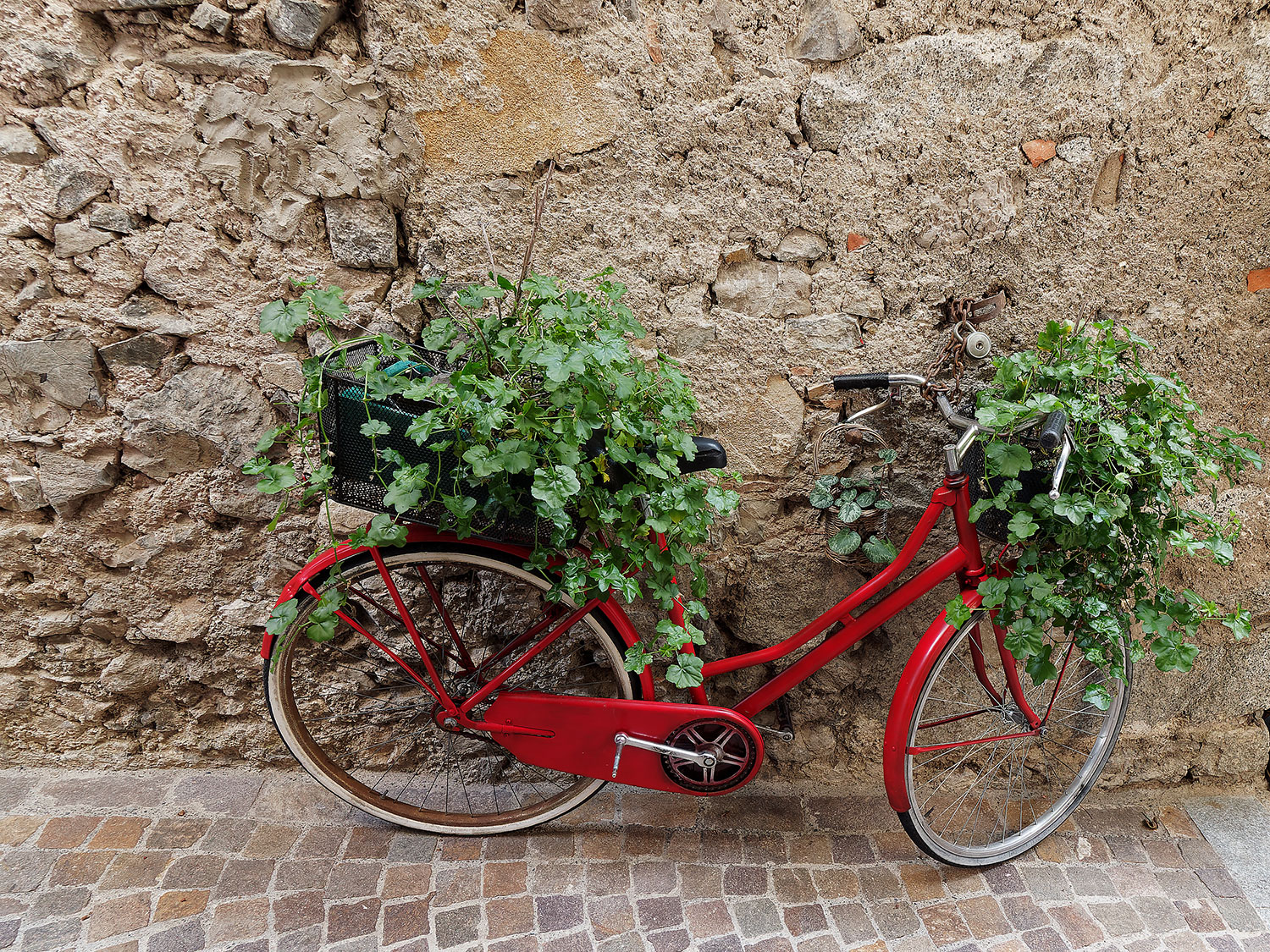

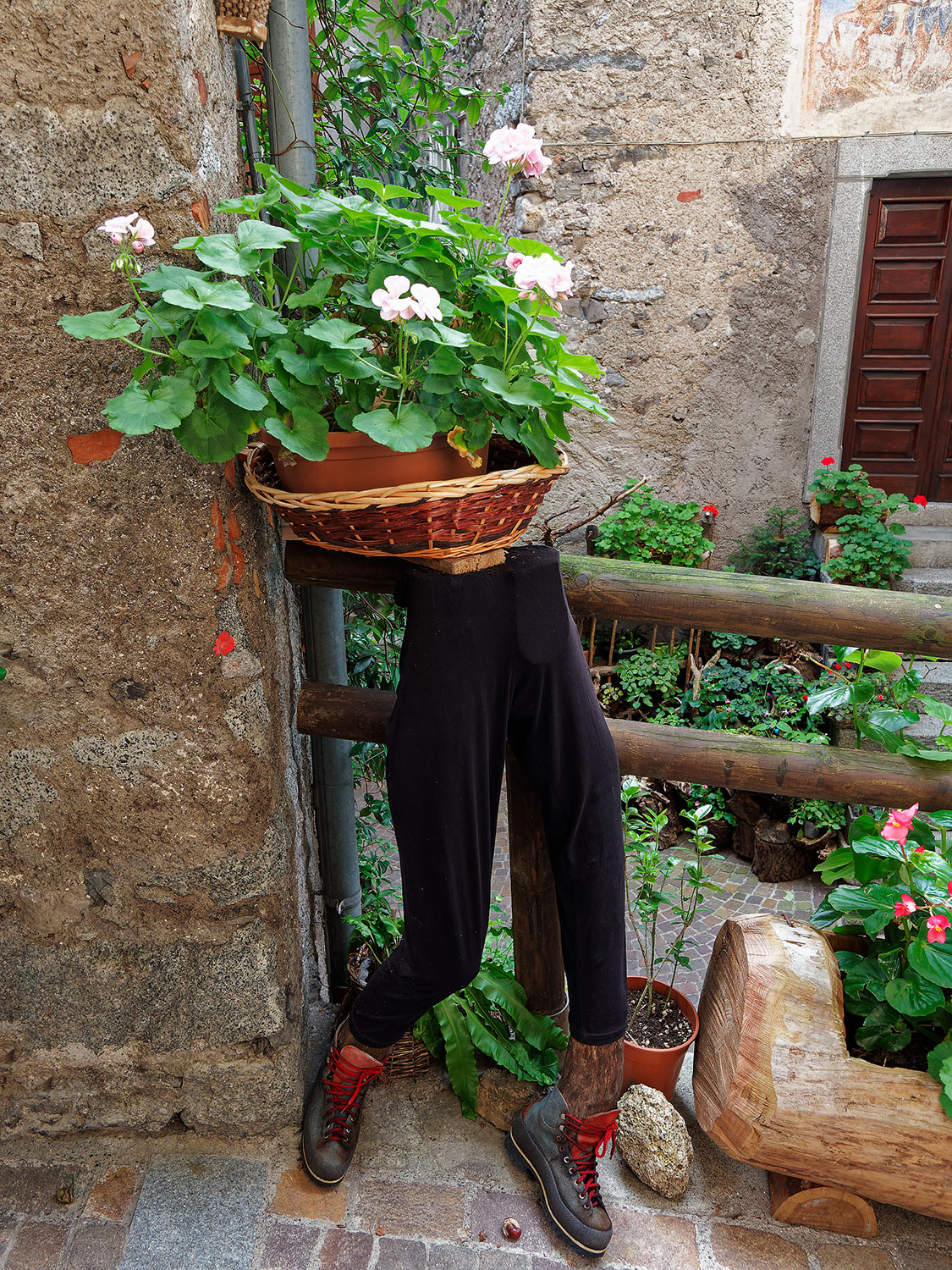
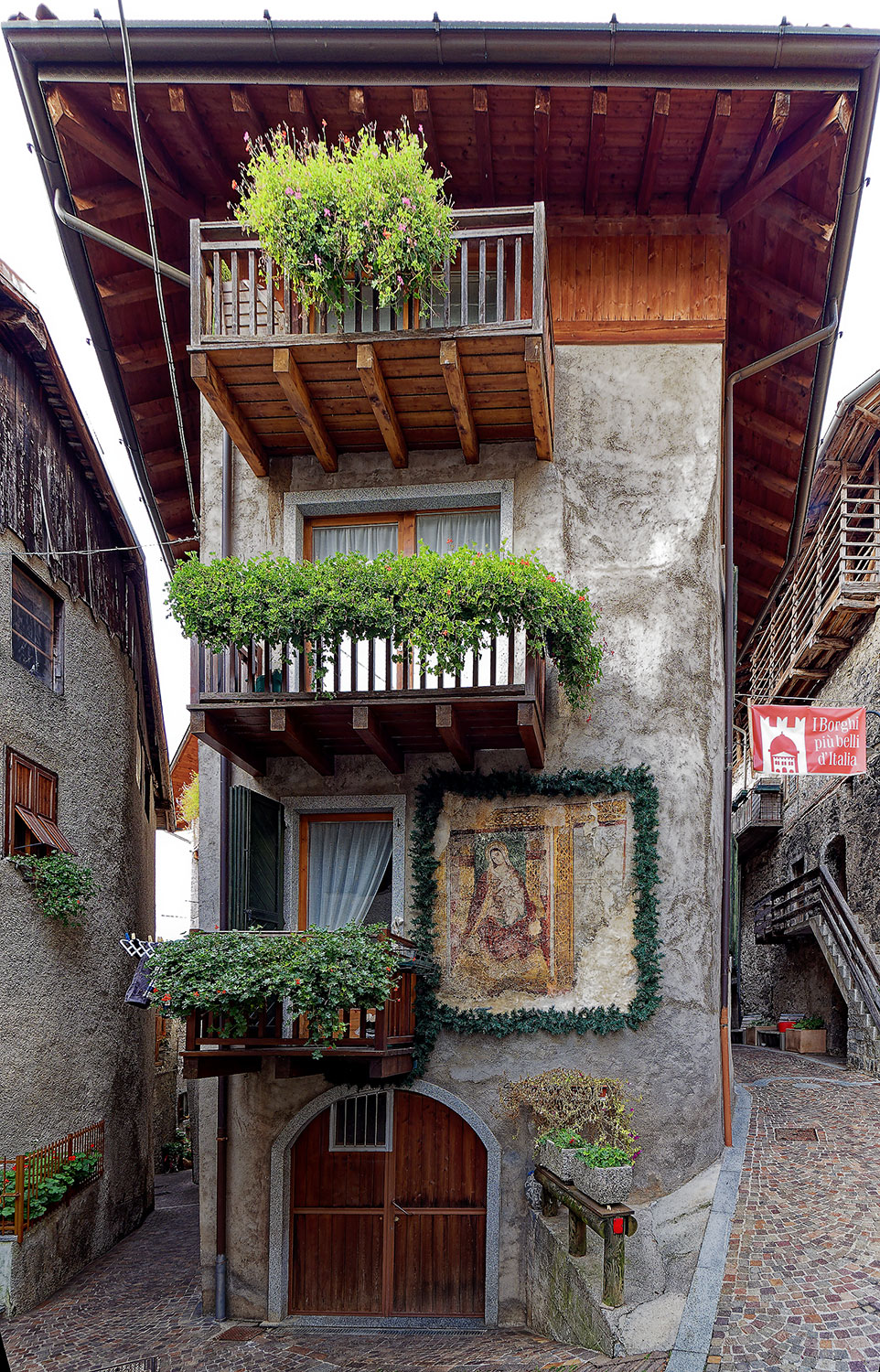
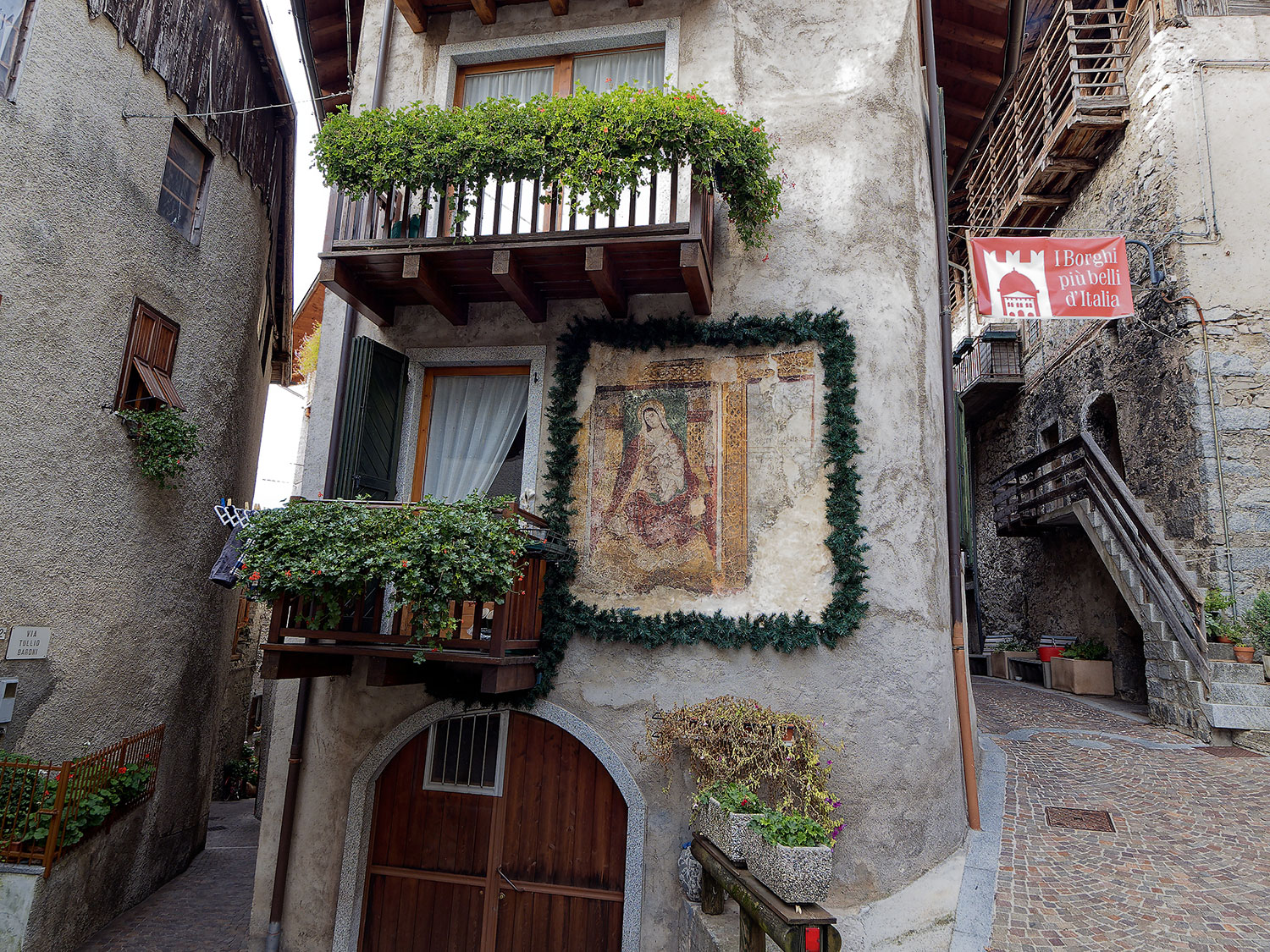


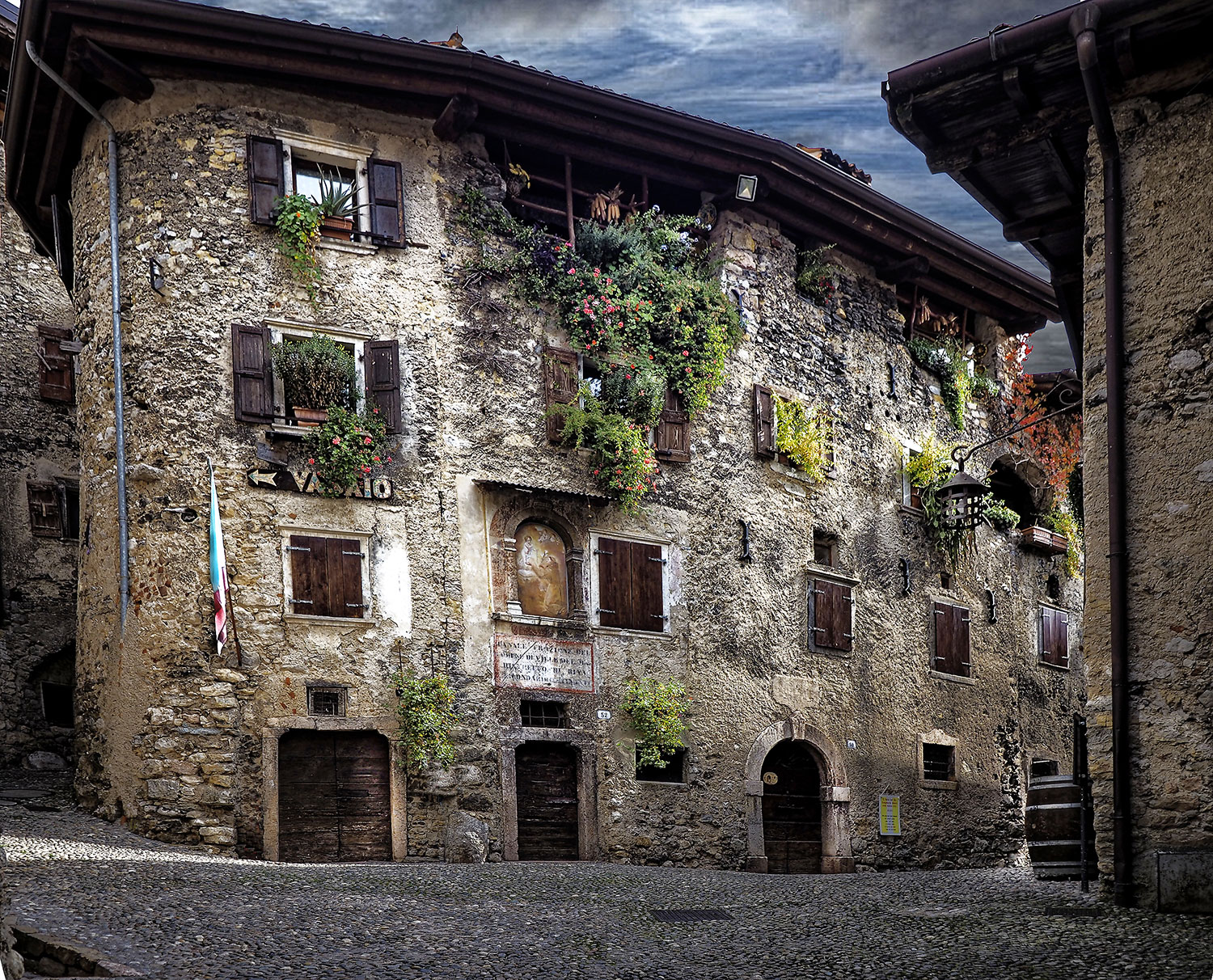



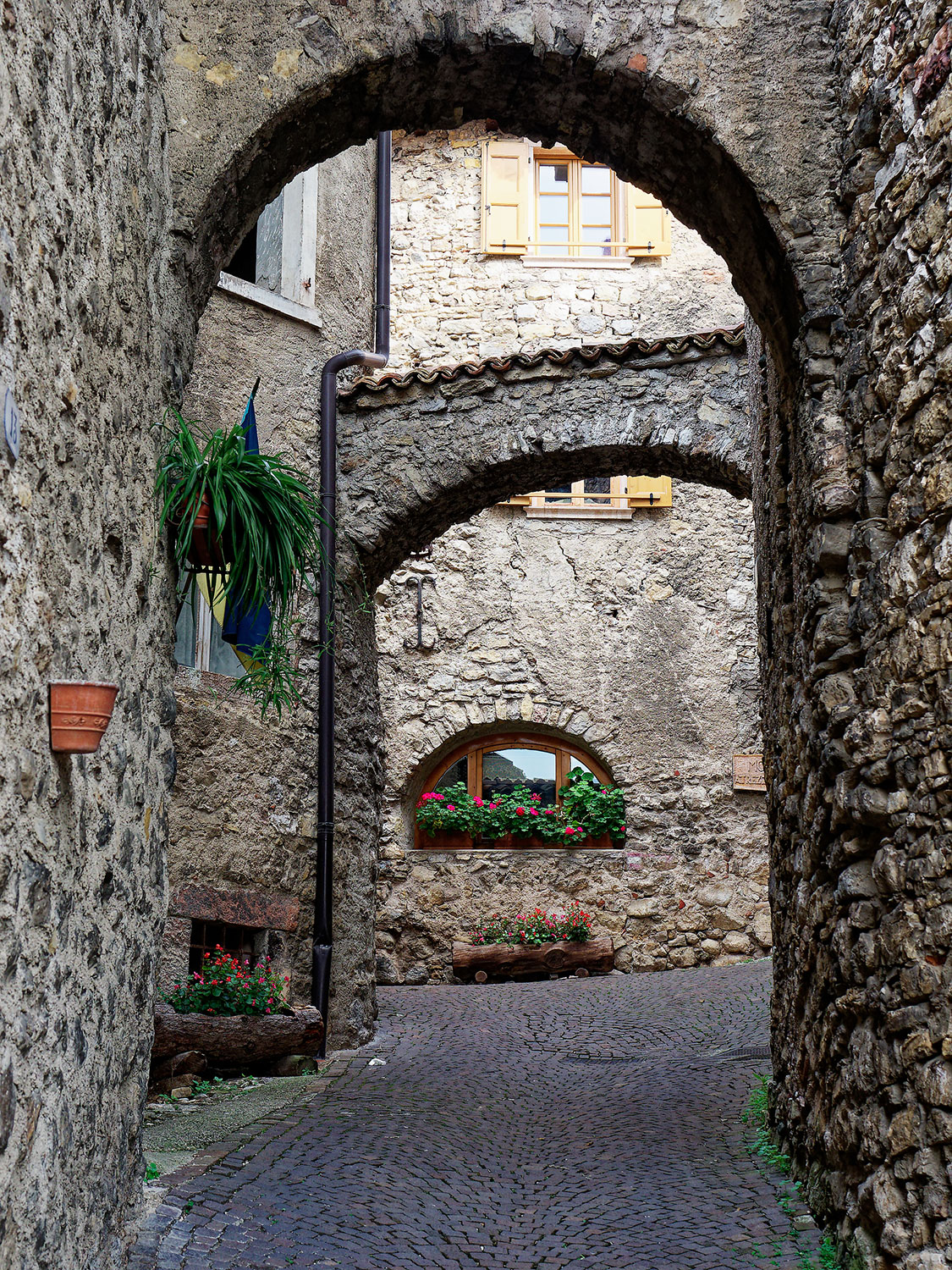


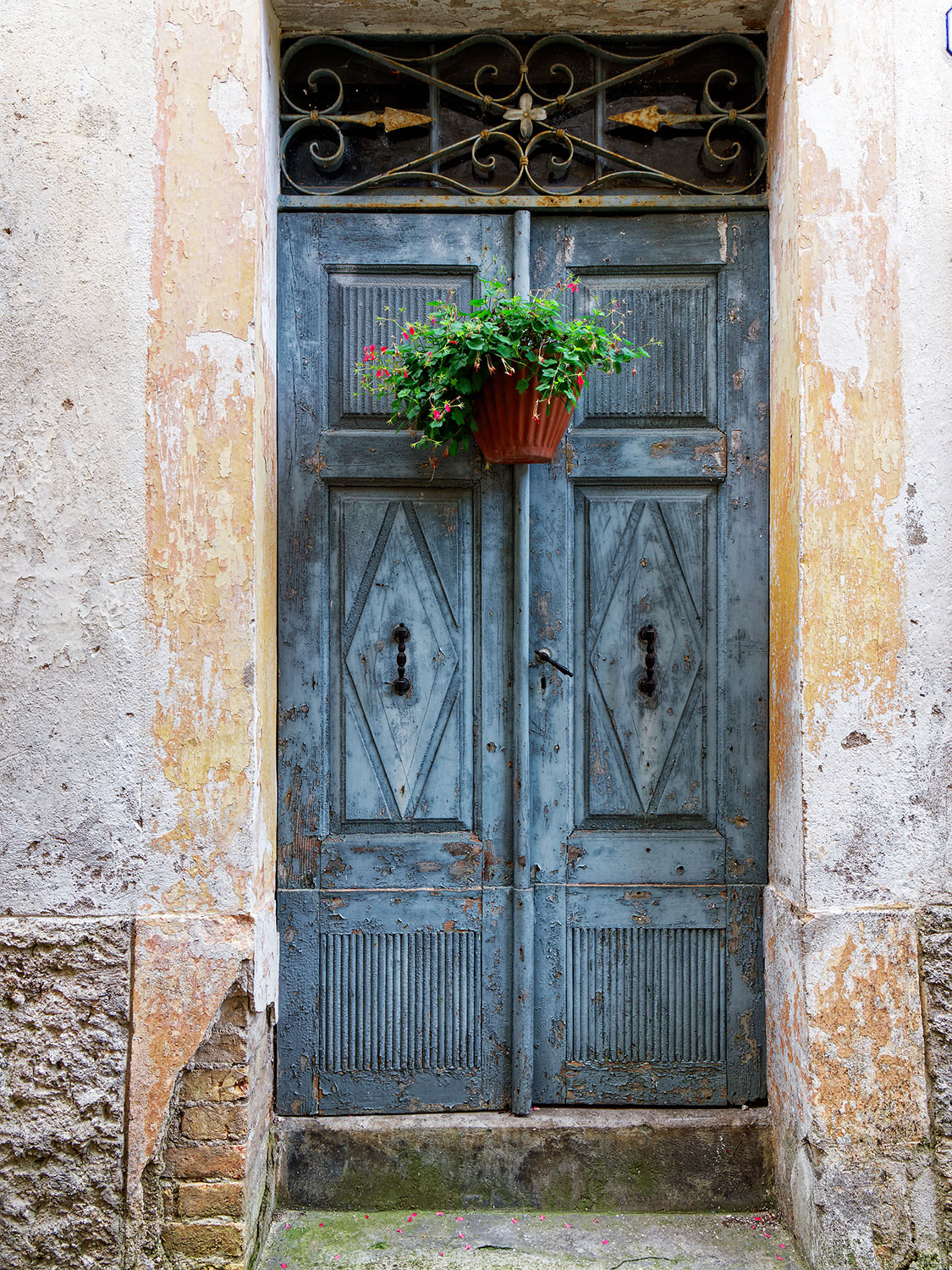

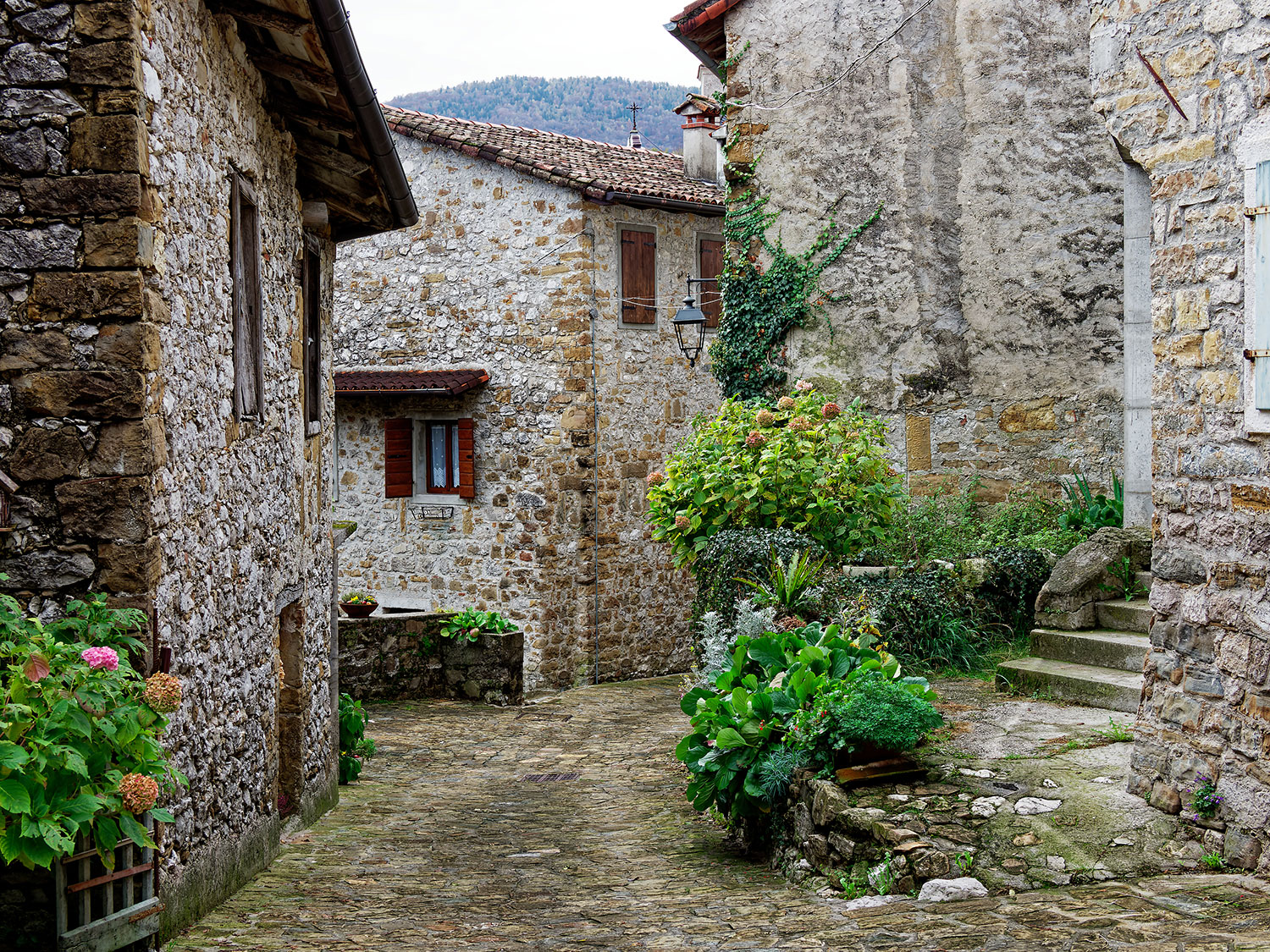
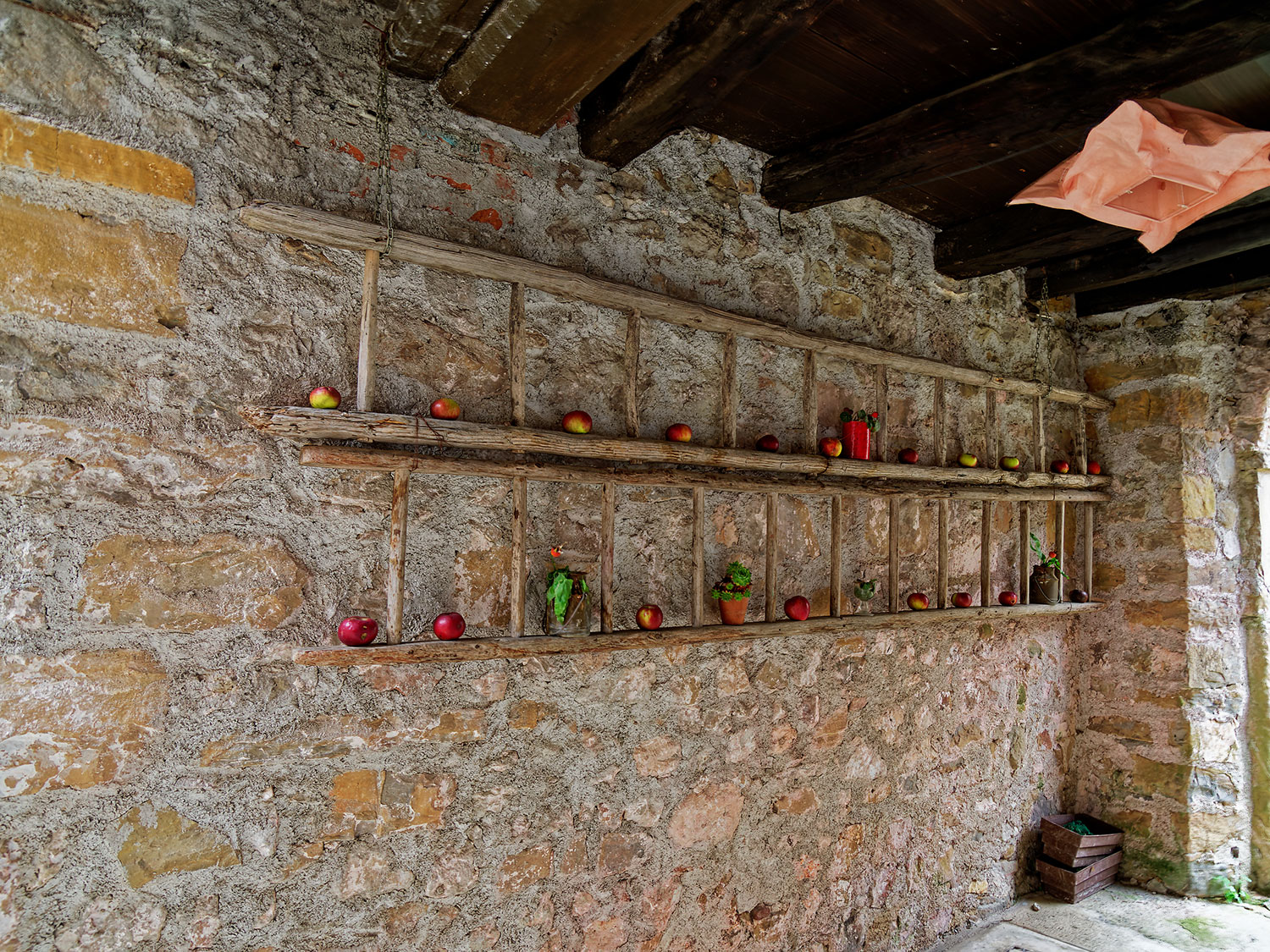

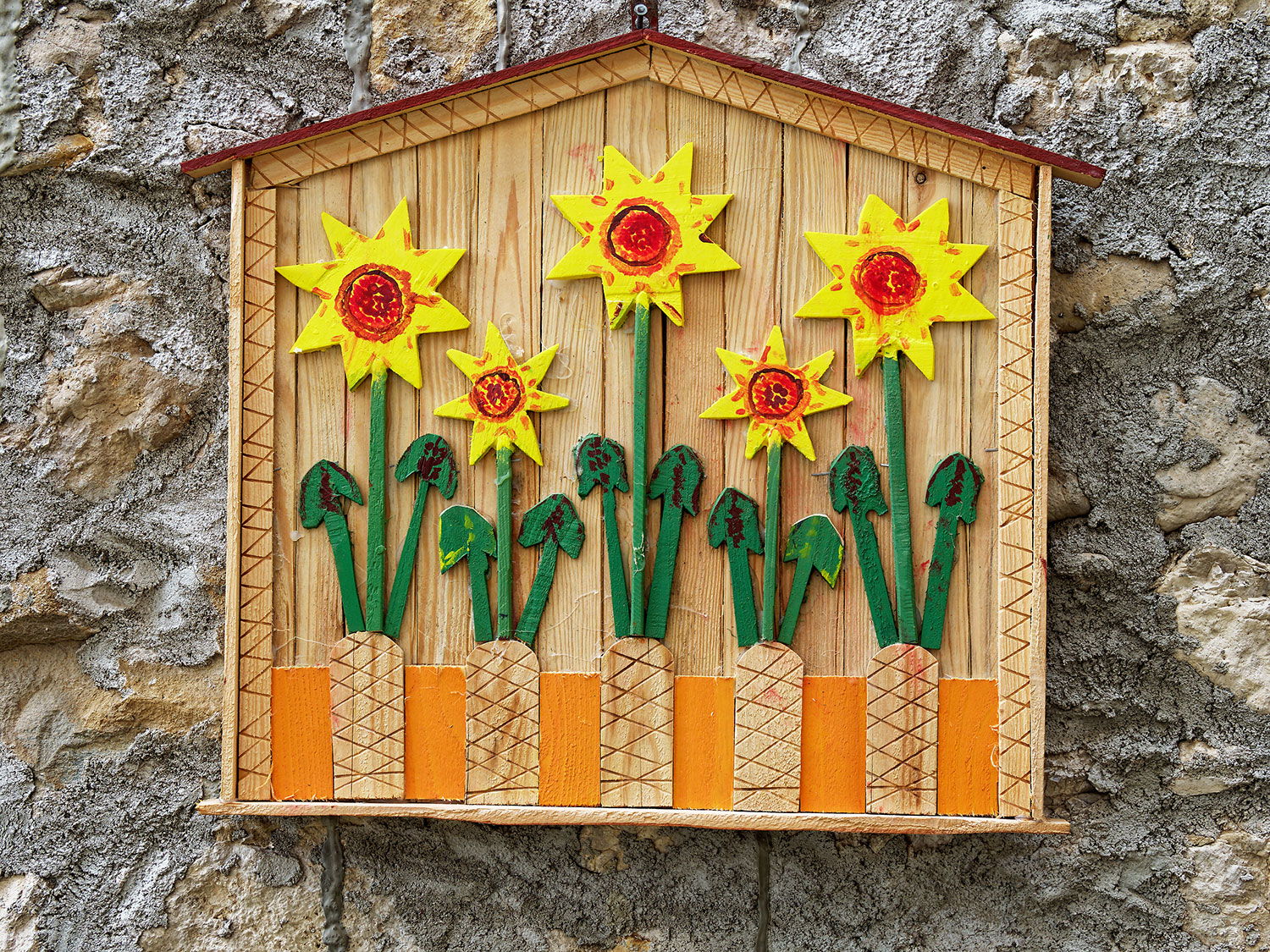




Joan Piazza
March 15, 2021 @ 02:21
Thank you for sharing some of your images from Italy. I love the small villages and architecture and you’ve captured them beautifully.
TRUE LIBERTY
March 26, 2021 @ 10:22
The place looks amazing and your beautiful photography makes it a place I want to visit.
Antonio Benetti
March 29, 2021 @ 10:43
Thank you too “True liberty”
Antonio
Antonio Benetti
March 29, 2021 @ 10:41
Many, many thanks Joan
Antonio